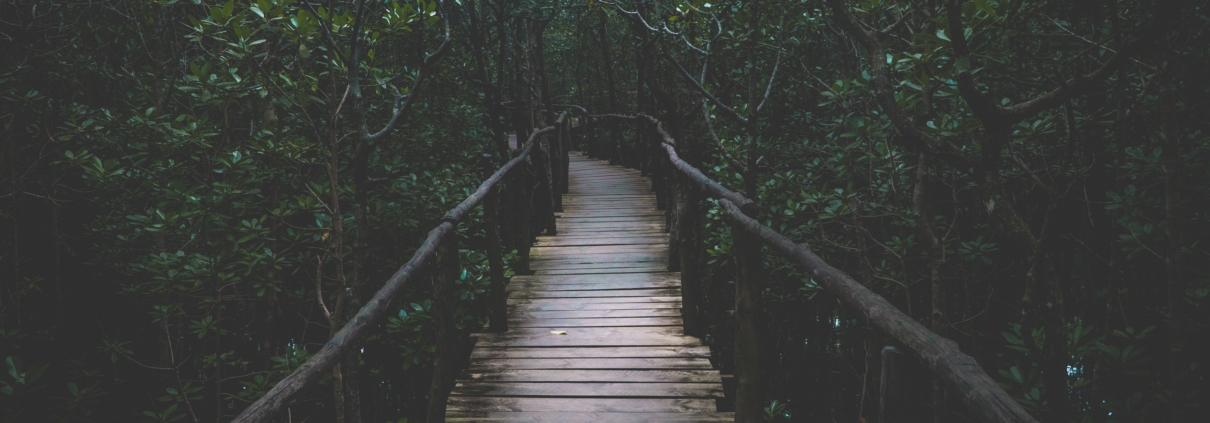Primary Versus Secondary Forests
Primary forests (or any type of primary habitat) is habitat that has not been modified by humans before. They are the “untouched” patches in the heart of the vast forests. They are not really untouched, but they haven’t been logged before and humans haven’t harmed those forest patches directly. . .yet.
Secondary forests are those that have been deforested and then replanted. They come in various degrees of health and habitat complexity. When humans plant trees, we plant them in a certain pattern. We also do not plant the same species. Secondary forests can hold anywhere from 30-80% of the original biodiversity of the primary forests. 80% Of original biodiversity would mean an incredibly successful replanting activity and a rare one for that matter.
Conserving primary forests (and other primary habitat) is of utmost importance as they are the volts of biodiversity. Brazil alone has lost 700 000 km2 of primary forests to date, that is approximately the size of Zambia or Chile. We have lost approximately 20% of the Amazon Rainforest to date. More forest is disappearing everyday. Deforestation rates have been increasing again after seeing a decade of decreased rates from the early 2000s to 2015. The development of roads has been a big driver because when a forest can be accessed easily it is more likely to suffer from illegal, or even legal, logging practices.
To help, you can support restoration projects (make sure they are planting local species and trying to mimic nature the best they can). This is not only about the trees but the stability of the planet’s ecosystems across the world and our own health. You can also become more aware of where your products and food come from. Choose products from brands who are actively working on making their supply chains deforestation free. Know what you are supporting when you buy something!
Some Links
Evaluating land use change trajectories following forest loss in Indonesia
Primary Forest Degradation and Secondary Re-growth Dynamics in the Brazilian Amazon
Author:
Layla Olefs
Sustainability Manager and Co-Founder of White Green Blue.
Layla is on a mission to create positive impact and to spread awareness about our beautiful home. As a marine conservationist and PADI Dive Master her passion is the marine world and, of course, mangroves. She is the author of our Ecology and Culture blog series. Stephen Olefs, our Community Development Coordinator, is taking the lead in our Green Tech blog series.









